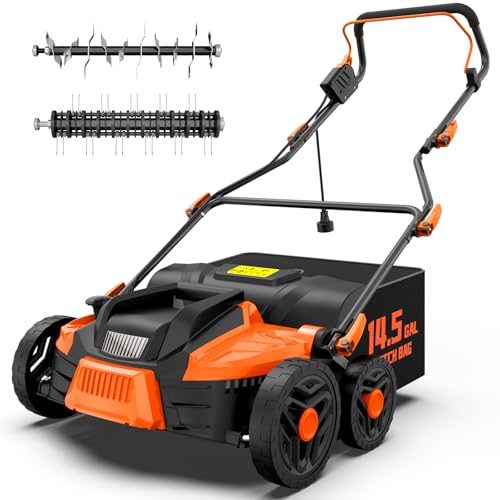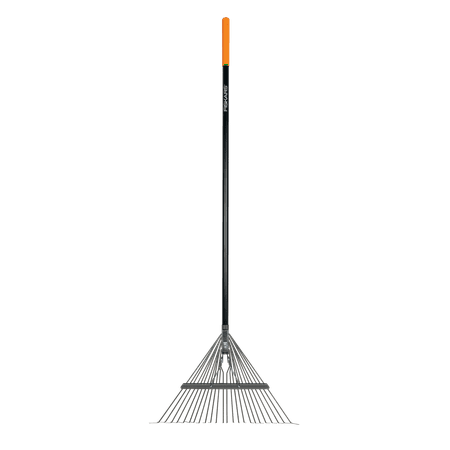When is it Too Late to Dethatch Your Lawn? Turf Experts Reveal the Tell-Tale Signs That You've Missed the Window
It is not a case of better late than never
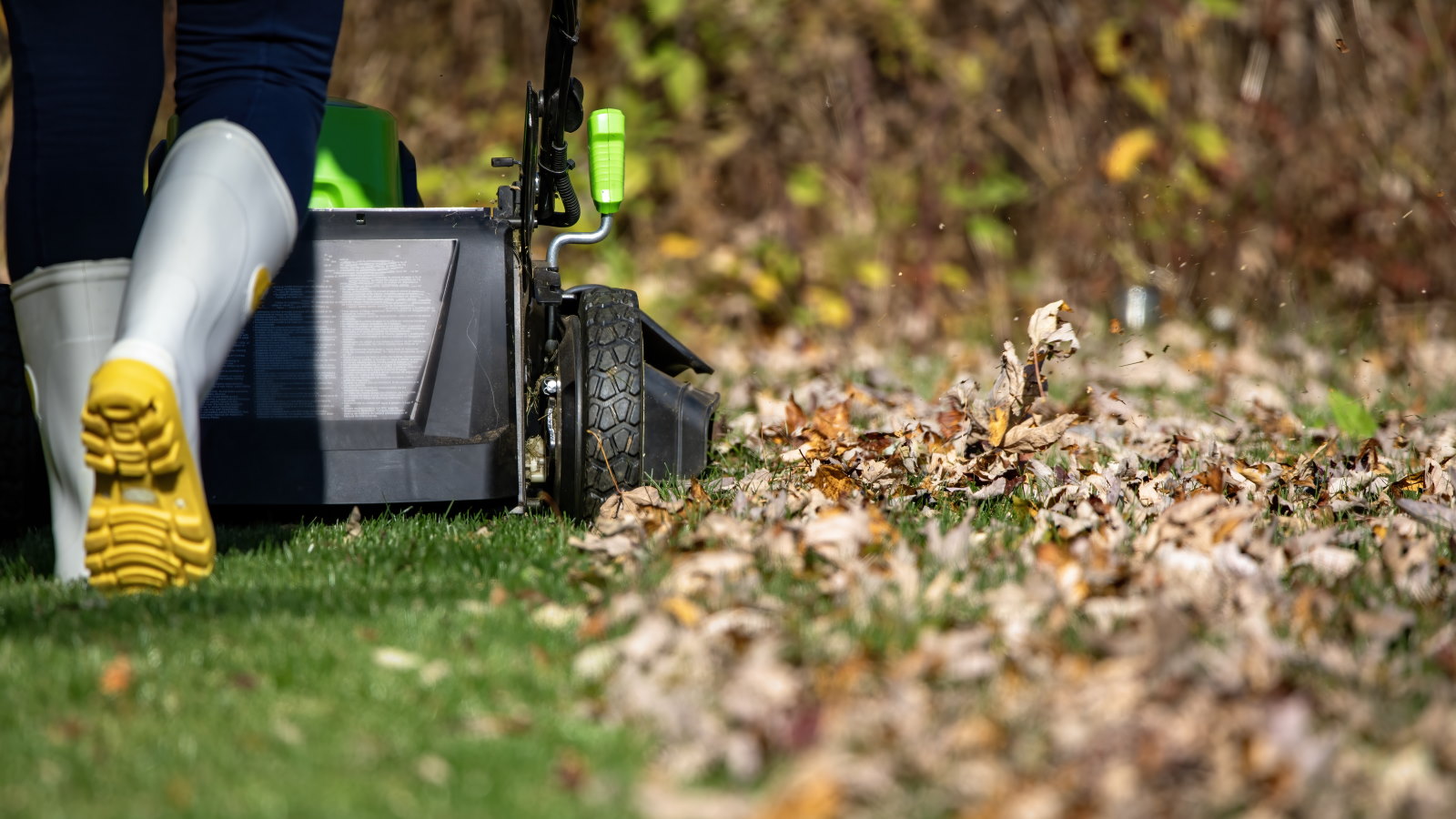

Dethatching is essential for a healthy lawn. It removes excessive thatch to help the grass get light, moisture, and nutrients. However, get the timing wrong and it can place the lawn under undue stress, so when is it too late to dethatch your lawn?
The usual timings for dethatching a lawn are in spring or fall for cool-season grasses, and late spring to early summer for warm-season grasses. These windows give the lawn time to recover, rather than placing it under added stress during hot summers and cold winters.
But what if you have missed the absolute best time to dethatch your lawn in the fall? Is it better to go ahead and do the task or skip it? To answer this, I spoke to lawn experts to discover how late you can dethatch, and what the signs are that the opportunity has passed for the year.
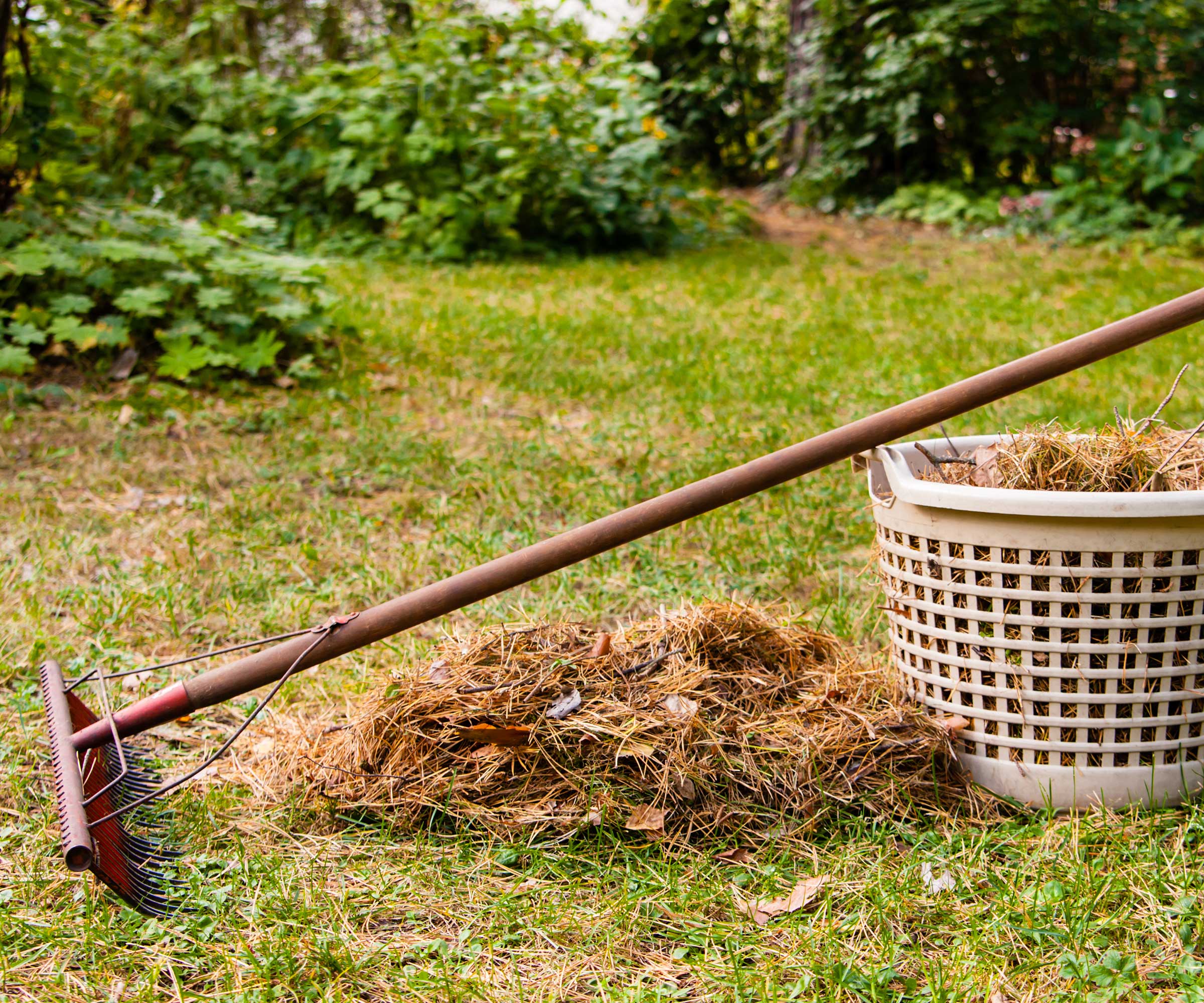
When is it too late to dethatch your lawn?
Lawn care can be confusing to some gardeners, and admittedly, there is more maintenance needed to have a thick, green lawn than many people think. Whether it is keeping on top of mowing, watering, feeding, aerating, or dethatching, a spring or fall lawn care checklist can be lengthy.
Dethatching and scarifying are two terms for removing debris, with the key difference being how aggressive the process is. Dethatching disturbs the top layer, whereas scarifying goes a bit deeper, but the truth is that both tasks take a toll on the grass, and it needs time to recover from the process.
The process of removing thatch, which is made up of dead leaves, roots, and other organic matter, is tough on the lawn. The blades of a dethatching machine, or a garden rake, tear at the thatch and the soil surface. It leaves the lawn vulnerable afterwards, so you want to give it enough time to bounce back fully.
When the temperatures drop in late fall, the grass will enter dormancy. This shouldn't happen with the lawn still weak from the dethatching, so provide enough recovery time to ensure the winter weather doesn't damage the lawn.
Design expertise in your inbox – from inspiring decorating ideas and beautiful celebrity homes to practical gardening advice and shopping round-ups.
'You want to give your lawn at least a full month to recover from dethatching, so I'd suggest the latest you can dethatch is about four weeks before the typical first frost date,' advises Craig Elworthy, the founder of DIY natural lawn care company Lawnbright.
The lawn expert recommends showing caution, saying to 'be safe and give yourself a lot of runway' rather than cutting it fine before the frosts arrive.
Chrissie Handley, a lawn care specialist for Online Turf, also advises caution and dethatching when the temperatures are mild.
She adds: 'The earlier you do it, the more time your grass has to recover from it, so you don't want to do it right as it goes into winter dormancy, as your grass won't be able to grow and recover.'

Craig is the Founder at Lawnbright, a lawn care subscription service featuring all natural products that are safe for kids and pets. Craig advises on lawn care, natural lawns and other similar topics.
How to tell it is too late to dethatch a lawn
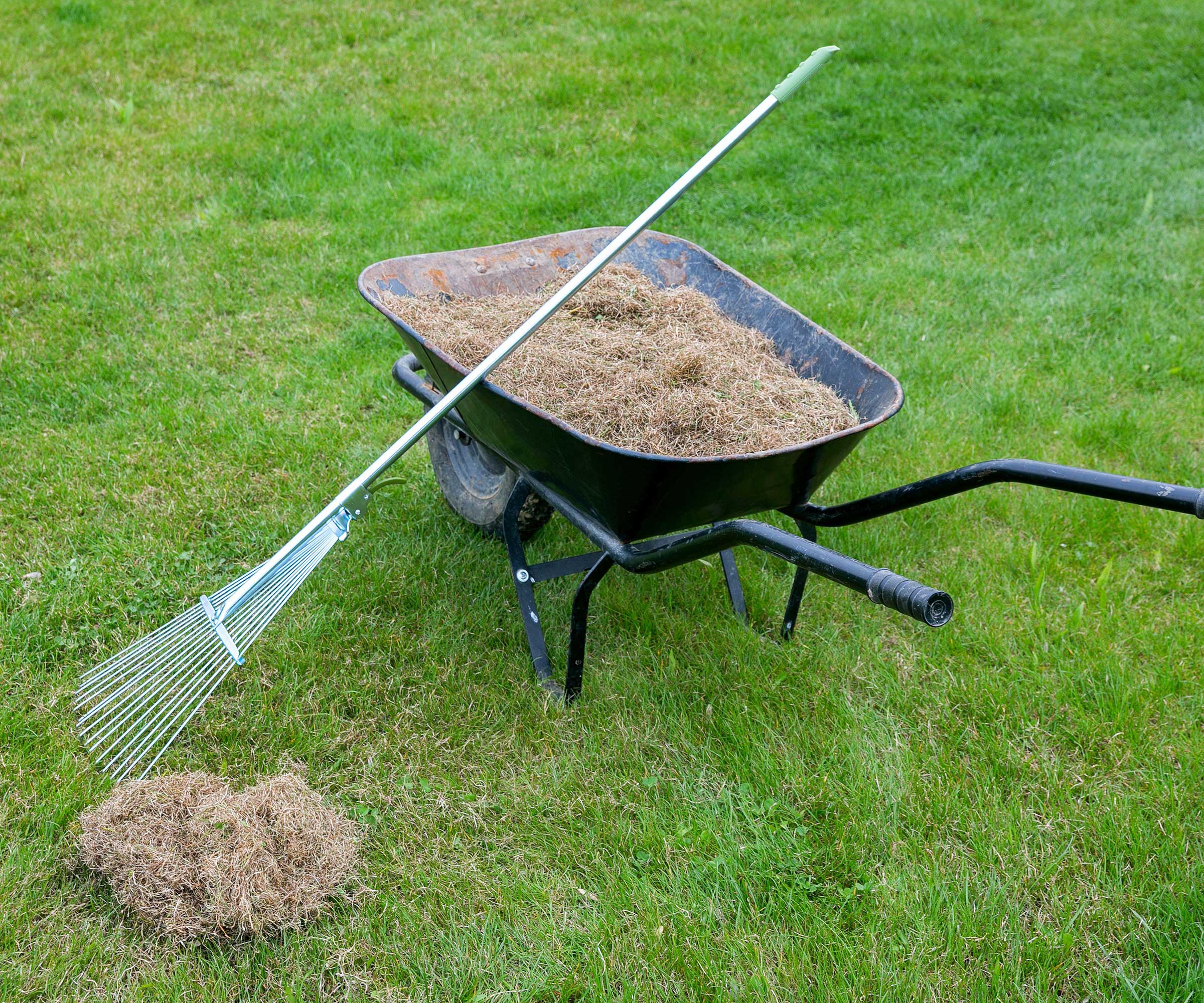
If you are wondering whether it is too late to dethatch a lawn in the fall, the lawn experts provide a few helpful tips to help you decide.
It can be as simple as looking at the garden and considering the weather – all simple measures to avoid making any lawn care mistakes and damaging your lawn.
'If you've noticed that your grass has stopped growing, or temperatures have dropped significantly, it's probably now too late to dethatch,' says Chrissie.
And Craig adds: 'If you're seeing leaves falling from the trees, it's probably too late to dethatch.'
It is not worth getting too disheartened, though. If it is too late to dethatch a lawn, then you can just wait for the ideal window to come around again. If it is too late in the fall, then add the job to your spring lawn care checklist and do the task then.
How often you need to dethatch a lawn can vary. While it can be beneficial to do the task annually, it doesn't always need to be done. Hillary Thompson, horticulturist and director at Super-Sod, says dethatching is only recommended when 'more than one inch of thatch' builds up in the lawn.
'Unlike yearly aeration, we don't recommend yearly dethatching because it's typically not necessary, especially if good maintenance is provided, such as weekly mowing and not using too much nitrogen fertilizers,' she adds.
This means it is not the end of the world to miss a window, as it may not be required. If you regularly aerate a lawn, mow the lawn often, and fertilize the lawn properly, these all help prevent thatch build-up and reduce the need to dethatch as much.

Chrissie Handley is Lawn Care Specialist providing tailored advice on laying, maintenance and general lawn care for Online Turf.
FAQs
Can you dethatch a lawn in summer?
You can dethatch warm-season grasses in early summer, provided you give the lawn adequate recovery time before the temperatures reach their seasonal highs. Craig Elworthy from Lawnbright claims that late summer can be a good window to dethatch cooler-season lawns, saying: 'It gives your lawn plenty of time to recover and fill in before winter dormancy.'
Can you dethatch in late spring?
Late spring is an ideal window for dethatching warm-season grasses, such as zoysia grass and Bermuda grass, as the lawn is actively growing at this time of year. It is a good time of year for gardeners in warmer climates, or those in transition zones whose lawns contain warm-season grass types.
Can you dethatch the lawn in the fall?
Fall is an ideal season to dethatch cool-season lawns, such as fescue grasses, perennial ryegrass, and Kentucky bluegrass. Chrissie Handley from Online Turf says: 'Fall is a perfect time to dethatch, it improves airflow and allows water to soak through to the plant roots more effectively, which is ideal for the heavier rainfall.'
As mentioned earlier, dethatching is stressful on the lawn. So you don't want to dethatch a new lawn; it needs to be well-established to withstand the stress the task puts it under. After you lay turf, it needs to be given at least two years to establish strong, healthy roots before dethatching. Keep a close eye on the amount of thatch, and only plan to dethatch when you can see a thick layer of thatch or it feels spongy underfoot.

Drew has worked as a writer since 2008 and was also a professional gardener for many years. As a trained horticulturist, he worked in prestigious historic gardens, including Hanbury Hall and the world-famous Hidcote Manor Garden. He also spent time as a specialist kitchen gardener at Soho Farmhouse and Netherby Hall, where he grew vegetables, fruit, herbs, and cut flowers for restaurants. Drew has written for numerous print and online publications and is an allotment holder and garden blogger. He is shortlisted for the Digital Gardening Writer of the Year at the 2025 Garden Media Guild Awards.
You must confirm your public display name before commenting
Please logout and then login again, you will then be prompted to enter your display name.

